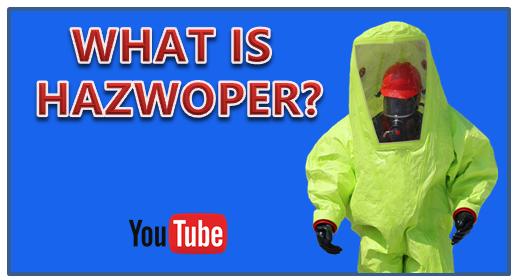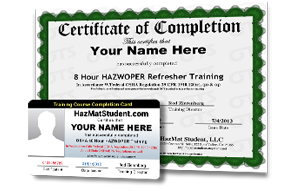Who Should Take This Course?
This Mandatory Naloxone, Epinephrine, and Glucometer Training (Required for ALL California EMTs – CAPCE Accredited) course assists California EMTs in meeting their renewal requirements.
In 2017, changes to Title 22 Div.9 Chapter 2 Emergency Medical Technician resulted in changes to the EMT Scope of Practice for all California Emergency Medical Technicians (EMTs). As of July 1, 2019, EMTs renewing their certification need to submit documentation showing successful completion of the following training by an approved EMT training program or approved CE provider:
- The use and administration of naloxone or other opioid antagonist that meets the standards and requirements of Title 22, Division 9, Chapter 2, §100075(c).
- The use and administration of epinephrine by auto-injector that meets the standards and requirements of Title 22, Division 9, Chapter 2, §100075(d).
- The use of a glucometer that meets the standards and requirements of Title 22, Division 9, Chapter 2, §100075(e).




